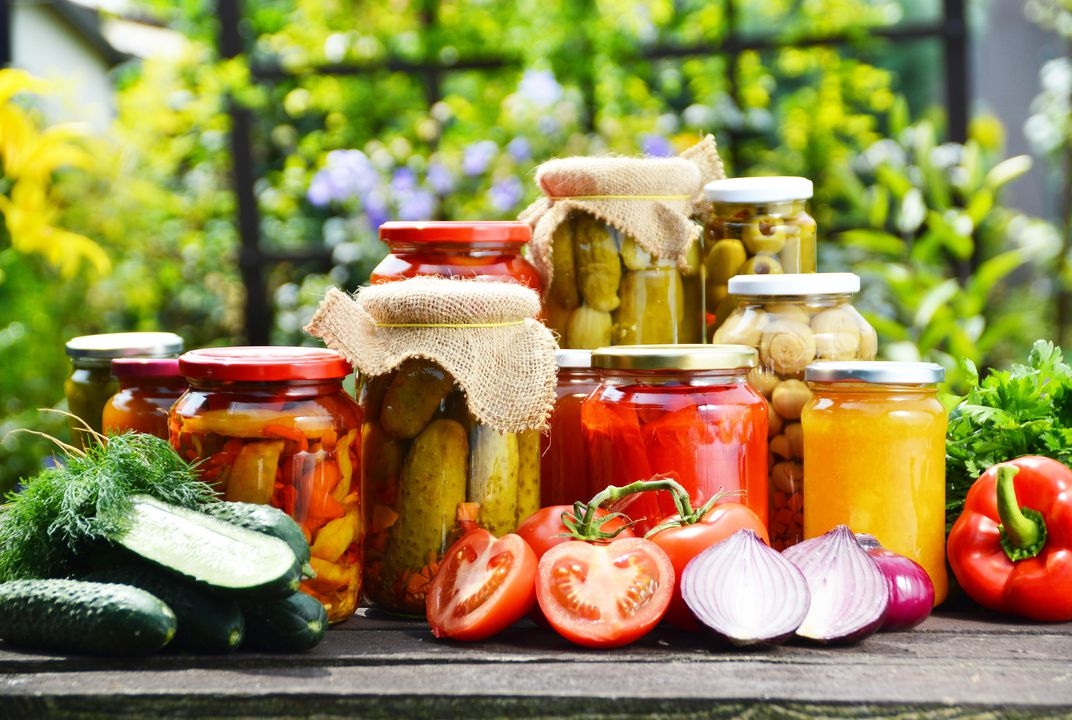The India Pickle Industry Overview, Challenges, and Future Outlook

Introduction to the India Pickle Industry
The India pickle industry is an essential segment of the country's food processing sector, known for its rich heritage and diverse flavors. Pickles, a traditional Indian condiment, have evolved from homemade recipes to commercially produced items enjoyed worldwide. This blog provides an in-depth overview of the India pickle industry, highlighting its challenges, detailed analysis, and future outlook.
India Pickle Industry Overview
As per a report by Ken Research i.e. India Pickles Market Outlook to 2028, the Indian pickle industry has grown significantly over the years. Valued at approximately USD 550 million in 2023, the industry is expected to expand at a compound annual growth rate (CAGR) of 5.5% from 2024 to 2028. This growth is fueled by increasing consumer demand for traditional and new-age pickles, rising health awareness, and the expansion of modern retail channels.
Indian Pickle Challenges
Despite its growth, the India pickle industry faces several challenges:
-
Quality Consistency: Maintaining consistent quality across batches is a major challenge due to the artisanal nature of many pickle recipes. Variability in raw materials and traditional methods can lead to differences in taste and texture, affecting consumer satisfaction. Ensuring uniform quality requires strict quality control measures and modern processing techniques.
-
Regulatory Compliance: Adhering to food safety regulations and standards, especially for export markets, can be complex and costly. The Food Safety and Standards Authority of India (FSSAI) has stringent guidelines that manufacturers must follow. Additionally, international standards such as ISO 22000 and HACCP are essential for accessing global markets, requiring significant investment in compliance infrastructure.
-
Supply Chain Issues: Fluctuations in the availability and cost of raw materials such as fruits, vegetables, and spices can impact production. For instance, a poor monsoon season can lead to a shortage of mangoes, a primary ingredient in many Indian pickles, thereby increasing costs. Efficient supply chain management and diversification of raw material sources are crucial to mitigate these risks.
-
Market Competition: The market is highly fragmented with numerous small and medium-sized enterprises competing with established brands. In 2023, small enterprises accounted for 60% of the market share, creating a highly competitive environment. Larger brands need to differentiate themselves through branding, quality assurance, and innovative product offerings to maintain market position.
-
Consumer Preferences: Meeting the diverse and changing tastes of consumers requires continuous innovation and adaptation. Modern consumers are increasingly seeking exotic flavors, organic ingredients, and health benefits from their food products. Manufacturers must invest in research and development to create new products that cater to these evolving preferences and stay ahead in the market.
India Pickle Industry Analysis
The analysis of the India pickle industry reveals several key insights:
-
Market Segmentation:
-
Type: Mango Pickle, Lemon Pickle, Mixed Vegetable Pickle, and others.
-
Packaging: Glass jars, plastic containers, pouches, and eco-friendly options.
-
Distribution Channels: Supermarkets/hypermarkets, online stores, convenience stores, and specialty stores.
-
Geographical Distribution: Regional preferences vary significantly, with North India favoring spicy varieties and South India preferring sour flavors.
Consumer Trends:
-
Health and Wellness: There is a growing demand for organic, low-sodium, and preservative-free pickles.
-
Innovative Flavors: Manufacturers are introducing unique flavors like sweet and spicy, garlic, and exotic fruit pickles.
-
Convenience: Ready-to-eat and single-serve packaging options are becoming increasingly popular.
Latest Trends and Statistics in the India Pickle Industry
-
Health-Conscious Choices: The market for organic and low-sodium pickles is expanding, driven by health-conscious consumers.
-
E-commerce Growth: Online sales of pickles have surged, offering consumers a wide range of options and convenient delivery.
-
Export Opportunities: The international market for Indian pickles is growing, particularly in countries with significant Indian diaspora populations.
-
Innovative Packaging: Eco-friendly and convenient packaging solutions are gaining traction.
-
Collaborations and Mergers: Companies are entering into strategic partnerships and acquisitions to expand their product offerings and market reach.
India Pickles Market Outlook to 2028
Looking ahead, the India pickle industry is poised for robust growth. Companies are focusing on innovation, quality improvement, and expanding their global footprint. The industry's future outlook appears promising with sustained demand and new market opportunities.
FAQs about the India Pickle Industry
Q1: What are the main challenges faced by the India pickle industry?
-
The main challenges include maintaining quality consistency, regulatory compliance, supply chain issues, market competition, and changing consumer preferences.
Q2: What is driving the growth of the India pickle industry?
-
Growth is driven by increasing demand for traditional and innovative flavors, health awareness, and expansion of modern retail and online channels.
Q3: How is the market segmented?
-
The market is segmented by type, packaging, distribution channels, and geographical regions.
Q4: What are the latest trends in the industry?
-
Latest trends include health-conscious pickles, e-commerce growth, export opportunities, innovative packaging, and strategic collaborations.
Q5: What is the projected growth of the India pickle industry?
-
The industry is projected to grow at a CAGR of 5.5% from 2024 to 2028.
Conclusion
The India pickle industry continues to thrive, balancing tradition with innovation to meet evolving consumer preferences. For a detailed analysis and projections, refer to the India Pickles Market Outlook to 2028. With ongoing developments and expanding markets, the future of Indian pickles looks bright and flavorful.
- Industry
- Art
- Causes
- Crafts
- Dance
- Drinks
- Film
- Fitness
- Food
- الألعاب
- Gardening
- Health
- الرئيسية
- Literature
- Music
- Networking
- أخرى
- Party
- Religion
- Shopping
- Sports
- Theater
- Wellness
- News


